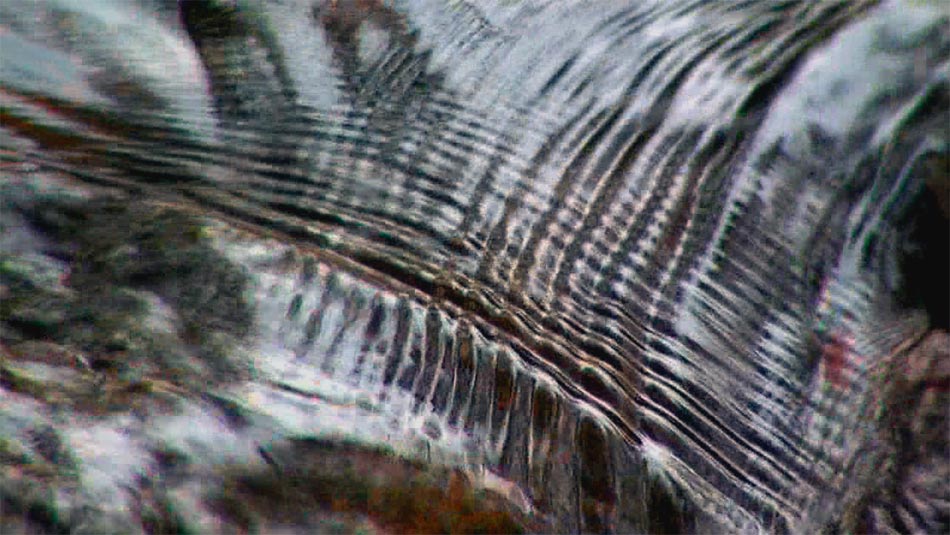LAMENT
Review: Lament, a letter from the Anglo/Scots borderline
April 2011
Although the oldest, wisest and best writing on water could be from the Chinese (from Han Shan and other wilderness poets), European modernity gifted us Gaston Bachelard’s ever amazing Water and Dreams (1942). More than any other, that book helps gather the literary meditations on water of past eras. It sustains the profound ambivalence in images stemming directly from matter: water image as pharmakon -both poison and cure- something worked over by Jacques Derrida in his excavations of philosophy as writing. Water appears mostly as feminine, a constant, with a vital intimacy and destiny: “Water is truly the transitory element. It is the essential ontological metamorphosis between fire and earth. A being dedicated to water is a being in flux.” Daily death, horizontal death, the dream of water is infinite. A rational image of water is nearly impossible.
Bachelard’s subject is reverie. Through the dreamer issues “an ever-emanating universe”. Murmuring water is akin to the liquidity of human language. It ‘awakens’ us in visions, paradoxically: in burns and rivers, we see continuously a non-objectified being. “Water draws to itself all images of purity”, he observes. “The true eye of the earth is water. In our eyes it is water that dreams”… “ Thus, water is the gaze of the earth, its instrument for looking at time.” Memorably, Bachelard knows: “pure vision, solitary vision, this is the double gift of reflecting waters”. Sagaciously, he conjures a sublime reckoning: “The past life of the soul is itself a deep water”. Water makes matter more profound, “filling it with human sorrow”.
From spring and stream, to river and estuary, water now, in all nature writing is a scene of lost innocence, a tale of technological poisons. The unconscious it releases is part history too: the Tweed, the Ettrick and other Borders rivers are all deep with bloodshed and ill division. Their leaping salmon tell us, just as Hugh MacDiarmid once did, that many people live without the infinite as measure. Poet-dowsers get no thanks for the water-havn they reveal, nor money. Ice, mist, thirty snows, a hundred beating or drifting rains…flow flux, eddy, vortex, ripple, ebb, whirls and whorls, somehow they manifest our forgetting.
Roger Deakin wrote in 1999: “If you made a very slow-motion stop-frame aerial film of a river’s restless history, it would look like a swimming snake”. Moving image, of all contemporary art forms, ought to offer a language for this water dream, poison history. Richard Ashrowan’s installation- film, prints and an artist’s essay on river/Border line – titled ‘Lament’, after Rainer Maria Rilke’s tenth Duino Elegy, goes some way to taking us there. Heavy grids contain the flow and flux (the prints). Light carries the dreaming depths of history and disputed land in a film of water, to the sound of techne. The essay, from one meditation to another, rhizome to cloud, ends in tears.
That these works sit in a gem of a bookshop, The Forest Bookstore’s seventh exhibition in two years, at the heart of the old Ettrick Forest in Selkirk, seems right, since there is something about time and solitary vision happening in both.
Allan Harkness, Forest Gallery, Selkirk
Lament, by Richard Ashrowan, shows until April 18th 2011
Back to Lament.




